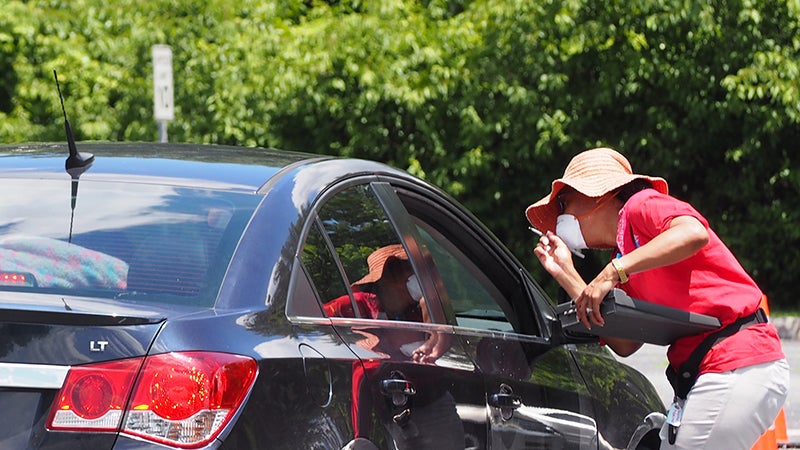Tracking social distancing
Published 8:27 pm Thursday, April 9, 2020
Stephen Faleski
Staff writer
ISLE OF WIGHT
Virginians in urbanized areas such as Fairfax County and Richmond seem to be taking heed of Gov. Ralph Northam’s stay-at-home order. Those in rural areas like Isle of Wight county, on the other hand, not so much.
That’s according to the latest social distancing scoreboard, a free online database developed by the data mining company Unacast, which uses GPS signals from cell phones to track how people are changing their travel habits on a state-by-state and county-by-county basis in the wake of COVID-19.
The GPS data is anonymous, the company’s website assures visitors, meaning it does not identify any individual person, device or household. The resulting map then assigns each state and locality a letter grade, much like parents would see on their children’s school report cards. According to Unacast’s website, the overall grade is averaged from two metrics: reduction in total distance traveled and reduction in visits to nonessential venues.
To receive an A for the total distance metric, a locality must achieve a 70 percent or greater reduction from pre-COVID levels. A 55 percent to 70 percent decrease equates to a B; with 40-55 percent earning a C; 25-40 percent a D; and anything below 25 percent, an F. For the nonessential venues metric, an A equates to a 70 percent or greater reduction; a B, 65 70 percent; a C, 60-65 percent; a D, 55-60 percent; and anything below 55 percent earning an F.
Isle of Wight County showed an overall D- as of Tuesday, April 7, having earned a D for the total distance metric and an F for travel to nonessential venues. Surry County received an F. The cities of Suffolk and Norfolk, which are far more populated, also received D-’s. Statewide, Virginia as a whole has a C-, with the entire United States receiving an overall C.
The reason the scale measures rate of change from pre-COVID levels rather than total visits, according to Unacast’s head of product and insights, Madeline Ngo, is to avoid bias when comparing rural areas with urban ones.
“Rural and urban areas are different in a multitude of ways, and as such, no single metric fairly measures both,” Ngo explains on the company’s blog.
“We explored several options to get as close as possible to fairness and accuracy and settled on using a rate of change over absolute numbers in visitation – for both the distance-traveled metric and the nonessential venues-visited metric. For example, if our data set can measure 50 percent of all available venues in an urban county, but only 30 percent of available venues in a rural one, the absolute number of visitations would show wildly biased results toward the urban county. Rates of change are not perfect, but much more apples-to-apples.”
Lt. Tommy Potter, spokesman for the Isle of Wight County Sheriff’s Office said his department responded to a few calls at Fort Boykin, a county-owned public park and beach, early on when the governor first announced his stay-at-home order, but has not had any further crowding incidents since working with Isle of Wight’s Department of Parks and Recreation to address this issue.
The social distancing scoreboard is updated daily and can be viewed at: unacast.com/covid19/social-distancing-scoreboard.


